Search Images
Browse Content (p. 1010)
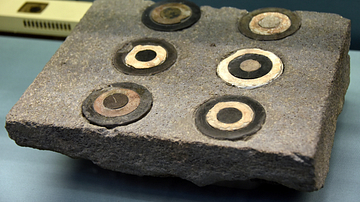
Image
Black Basalt Slab with Inlays from Urartu
This slab (which is inlaid with black and white stone) was part of the paved platform in front of the temple of the god Haldi, the supreme god of the Urartians. The rings were carefully slotted together and secured by a pin so the top would...
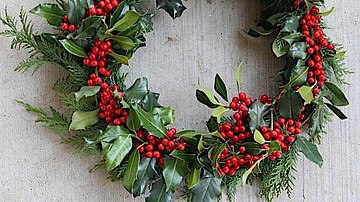
Image
Traditional Holly Wreath
A traditional holly wreath.
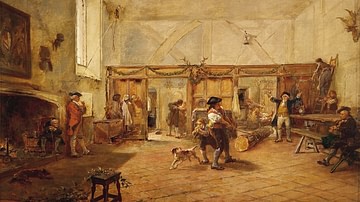
Image
Preparing the Yule Log
The Christmas tradition of preparing the Yule log at Hever Castle, to be burnt over the twelve days of Christmas, painting by Robert Alexander Hillingford, 19th century.
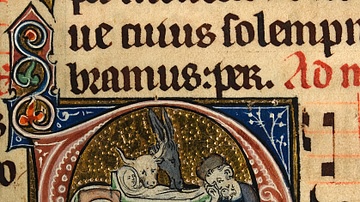
Image
Medieval Manuscript Illustration of the Nativity
A 1310-1320 CE manuscript illustration of the Nativity. Made in East Anglia. (National Library of Wales)
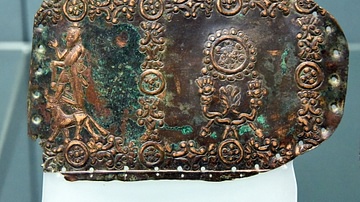
Image
Urartian Fragment from a Bronze Belt
This fragment from a bronze belt was reused as a belt end. The embossed or chased design is divided by discs and scroll-crosses into panels with discs above stylised trees. A deity stands on a bull. The holes around the edge are for nails...
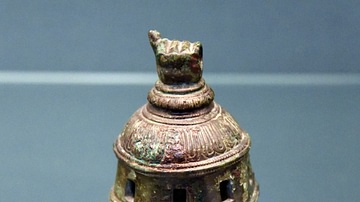
Image
Urartian Octagonal Bronze Bell
This bell has a suspension ring in the form of a fist. Bells are said to have been a Chinese invention, which reached the Middle East in about 800 BCE. However, Chinese bells are struck on the exterior while the Urartian ones have a clapper...
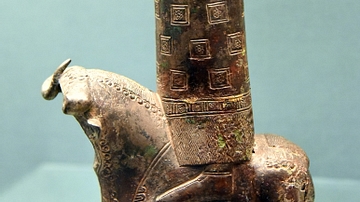
Image
Standing God on a Bull from Urartu
This is a bronze furniture-fitting (probably of a corner of a throne or bed). A god wearing a fringed robe stands on a recumbent bull. It was originally inlaid and gilded. From Toprakkale, Eastern Anatolia, in modern-day Turkey. Urartian...
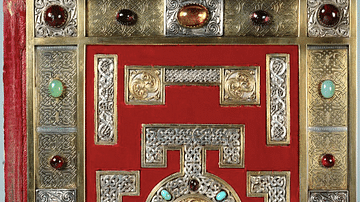
Image
Lindisfarne Gospels Cover
A cover of the Lindisfarne Gospels, produced in the Kingdom of Northumbria 8-10th century CE. (British Library, London)
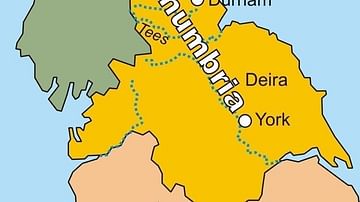
Image
Map of the Kingdom of Northumbria
A map of the Kingdom of Northumbria (c. 604-954 CE) in the northeast of Britain c. 802 CE.

Image
Jomon Flame Pot from Dodaira
"Flame" pots, such as this, are just one type of a long ceramic tradition that continued for some 13,000 years during the Jomon period in Japan. They were made in the Middle Jomon period (3500-2500 BCE) in the area that is now modern Niigata...